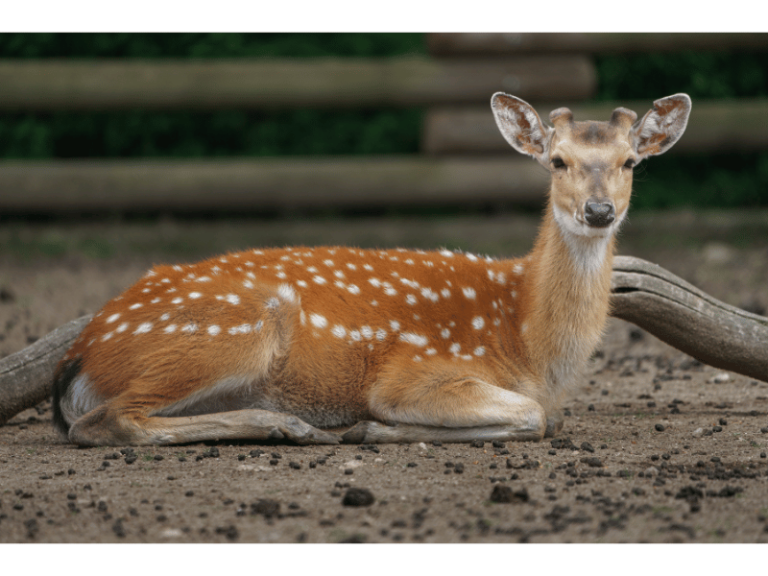The fur of mammals does not remain unchanged throughout their lives. Most mammals shed their fur twice a year, in spring and autumn. Some only shed once a year. At the end of spring, when we visit the zoo, we may see some animals with patches of fur that look as if they have been cut but not yet fallen off. This is the process of shedding their old fur. As a result of living in nature for long periods, most mammals have developed fur colors that adapt to their surroundings. In summer, due to the darker tones of the natural scenery, the fur of animals is generally darker (this is less noticeable in animals living in the more uniform desert environments). In winter, when the natural scenery is more monotone and lighter, the fur of animals generally becomes lighter. Moreover, due to the cold in winter and the heat in summer, the fur is thicker in winter and thinner in summer.
The sika deer sheds its fur twice a year. When changing from winter fur to summer fur, some parts of the body have more white pigmentation, resulting in white fur, and the overall coat becomes thinner. The white spots become particularly noticeable, so we can clearly see the plum blossom spots on its body. In winter, when changing from summer fur to winter fur, the white fur decreases, and the fur becomes longer and thicker, making the spots less noticeable and harder to see.

